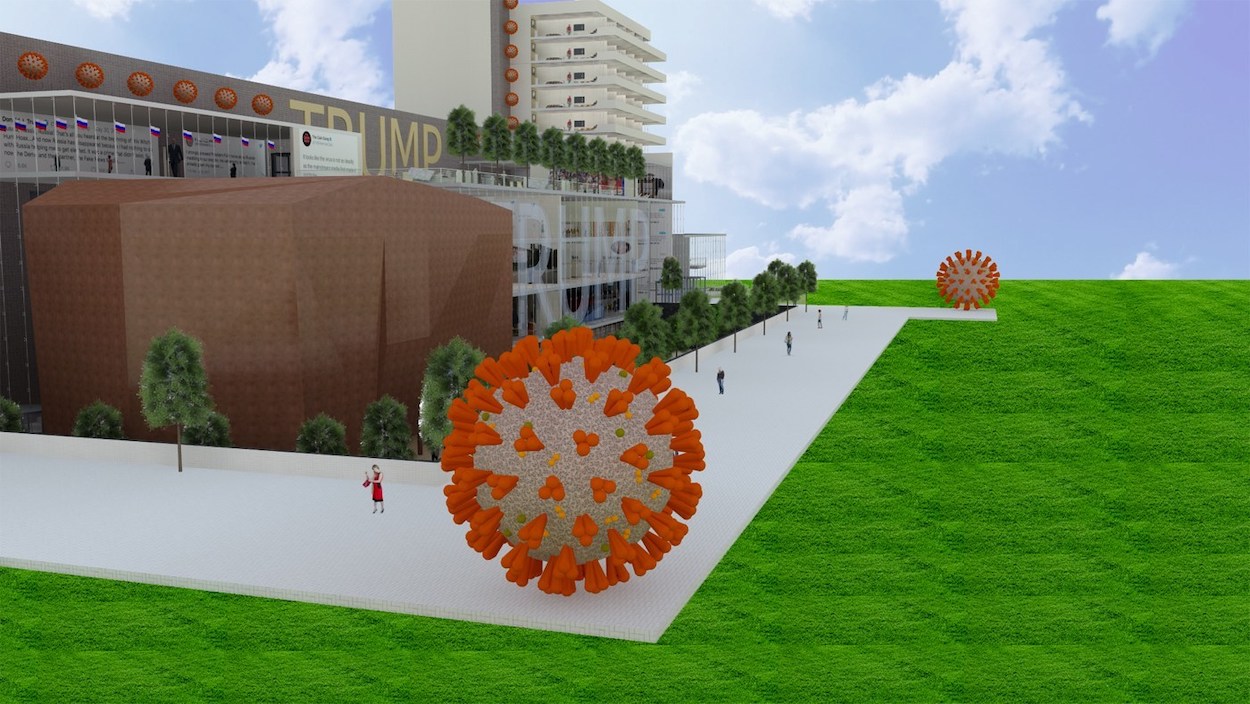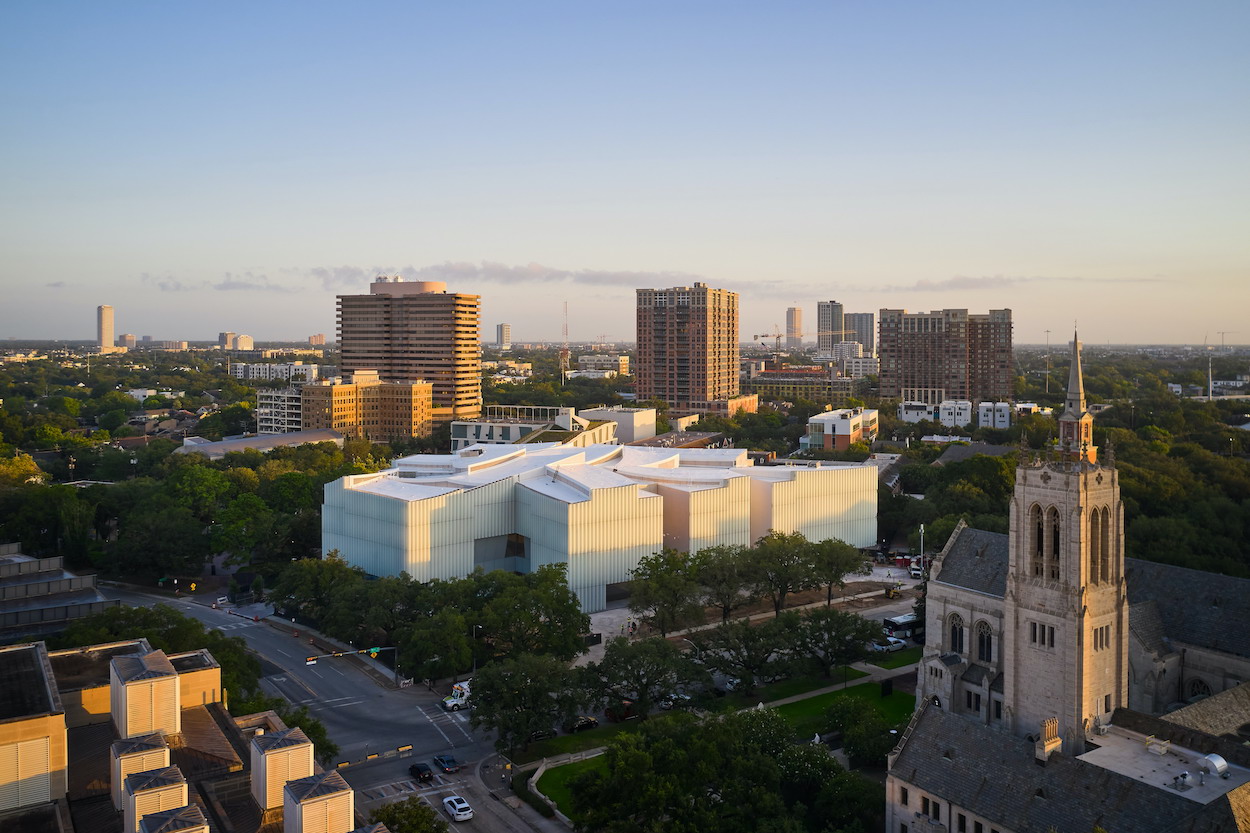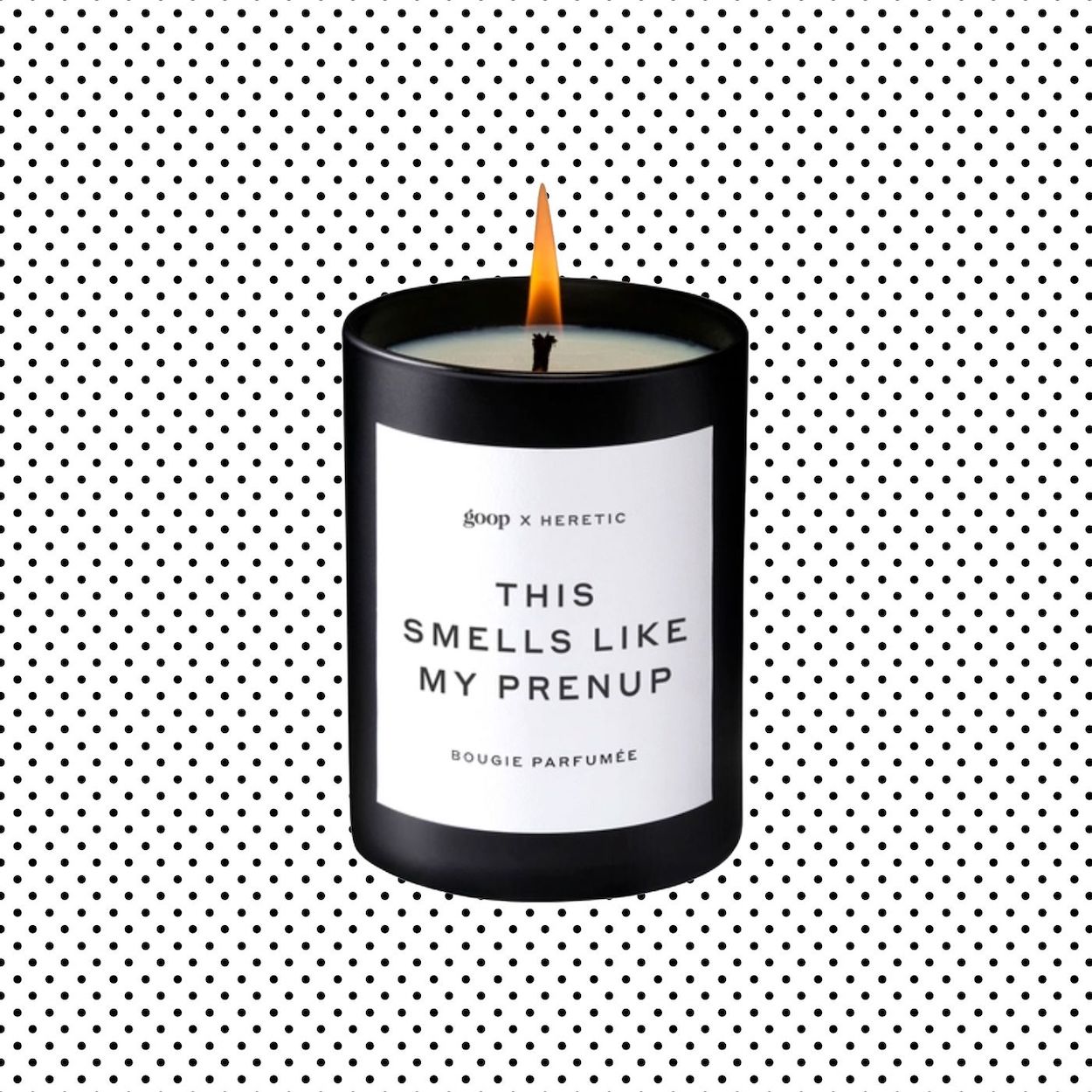The Design Dispatch offers expertly written and essential news from the design world crafted by our dedicated team. Think of it as your cheat sheet for the day in design delivered to your inbox before you’ve had your coffee. Subscribe now.
Have a news story our readers need to see? Submit it here.
What would an honest rendition of Donald Trump’s presidential library look like?
An anonymous New York architect has imagined how Donald Trump’s presidential library might look like if it faithfully reflected his time in office. Immediately setting the stage are sculptures of COVID-19 proteins displayed right outside the entrance—a monument to the hundreds of thousands of Americans who succumbed to the disease. In the Alt-Right Auditorium, films such as Birth of a Nation and Jud Süß, a 1940 Nazi propaganda film, are on a constant loop. Hypothetical permanent exhibitions include the Wall of Criminality, Tax Evasion 101, and the Twitter Gallery, while interactive elements include Lie to America, where visitors get to spin their own alternative facts. The Criminal Records Room, part of the “Play the Prosecutor” library archive, offers up the opportunity to “do the research on how YOU would prosecute Trump’s crimes against humanity!”
Though the designer behind the concept remains unidentified, the renderings make their opinion of the outgoing president very clear. “Even from behind the legendary Resolute Desk, Donald Trump set new bars for all future presidents,” reads the curatorial statement. “You can rest assured, no matter how low they go, no one in all eternity will ever be able to sink this once-great office any lower.”
The graphic designer Ivan Chermayeff’s archives get donated to the School of Visual Arts.
More than 700 works by the influential graphic designer Ivan Chermayeff have been donated to the Milton Glaser Design Study Center and Archives at the School of Visual Arts in New York. Made possible by the late designer’s children, the expansive gift contains works created as early as 1952 spanning all the way until his death, in 2017. The collection includes paintings, prints, book covers, and even his personal artworks and collages. Among his most recognizable designs include the NBC peacock, the Smithsonian’s yellow sun, and PBS’s faces in profile. “Bringing much of my father’s design and collage work to the permanent collection at the School of Visual Arts was enormously exciting for myself and my siblings,” Maro Chermayeff, the chair of the university’s MFA Social Documentary Film program, tells The Art Newspaper. “It was an obvious home for the works. He would be so pleased to know that students could continue to partake in his thinking and design ideas.”
The first-ever national memorial for Native American veterans graces Washington, D.C.
An overdue memorial dedicated to Native American veterans, now open in Washington, DC, marks a major step forward in recognizing their service. According to the National Congress of American Indians (NCAI), Native Americans serve in the U.S. armed forces more than any other ethnic group. As a collective, they have served in every major military tangle since the Revolutionary War, yet their efforts have gone largely unnoticed—until now. Located a stone’s throw from the National Museum of the American Indian, the memorial overlooks a freshwater landscape adjacent to the National Mall. Harvey Pratt, a member of Oklahoma’s Cheyenne and Arapaho Tribes and a Marine Corps Vietnam veteran, designed the 12-foot-tall stainless steel ring. Postured on a carved stone drum, the sculpture’s shape holds special significance to many Native American cultures, symbolizing traditions in dance, storytelling, and prayer. The monument is an emblem for reverence, as visitors are encouraged to leave prayer ties—a symbol of spirituality—on four vertical lances.


